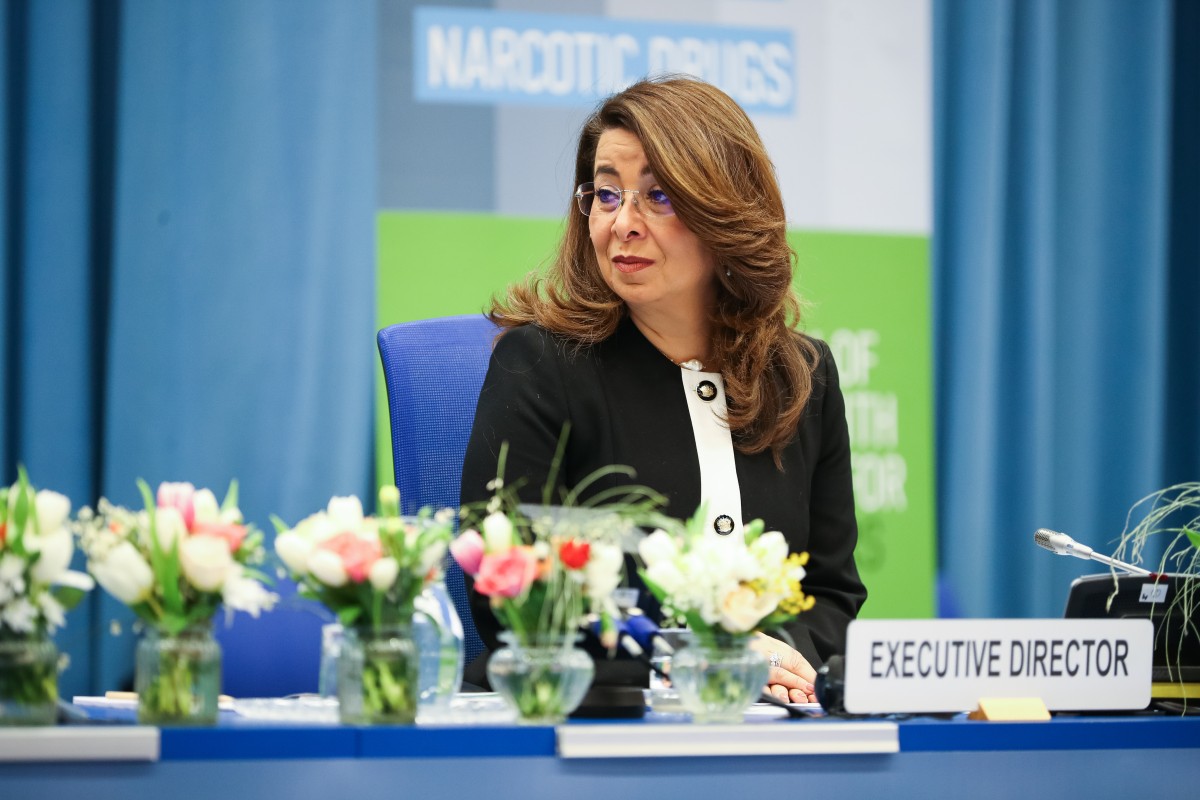Sponsored Content
New UNODC Drug Report Paints Grim Picture of Drug Deaths
Global drug use has reached a new high of 316 million people in 2023, according to the World Drug Report 2025 published by the United Nations Office on Drugs and Crime (UNODC). The 28 percent increase within a decade shows that consumption is growing faster than the world's population, further exacerbating the global challenges in the fight against the drug problem.
 Ghada Waly, Executive Director of UNODC, urges investment in prevention, addressing root causes of the drug trade, and strengthening responses through technology, cross-border cooperation, alternative livelihoods, and judicial action. / Picture: © UNODC/Max Brucker / Flickr Attribution (CC BY 2.0, https://creativecommons.org/licenses/by/2.0/)
Ghada Waly, Executive Director of UNODC, urges investment in prevention, addressing root causes of the drug trade, and strengthening responses through technology, cross-border cooperation, alternative livelihoods, and judicial action. / Picture: © UNODC/Max Brucker / Flickr Attribution (CC BY 2.0, https://creativecommons.org/licenses/by/2.0/)
Ghada Waly, Executive Director of UNODC, emphasized that organized drug trafficking groups are constantly adapting, exploiting global crises, and targeting particularly vulnerable populations. “We must invest in prevention and combat the root causes of drug trafficking at every point in the illegal supply chain,” Waly said. She also called for measures to be strengthened through the…
or Log In
Fast News Search





